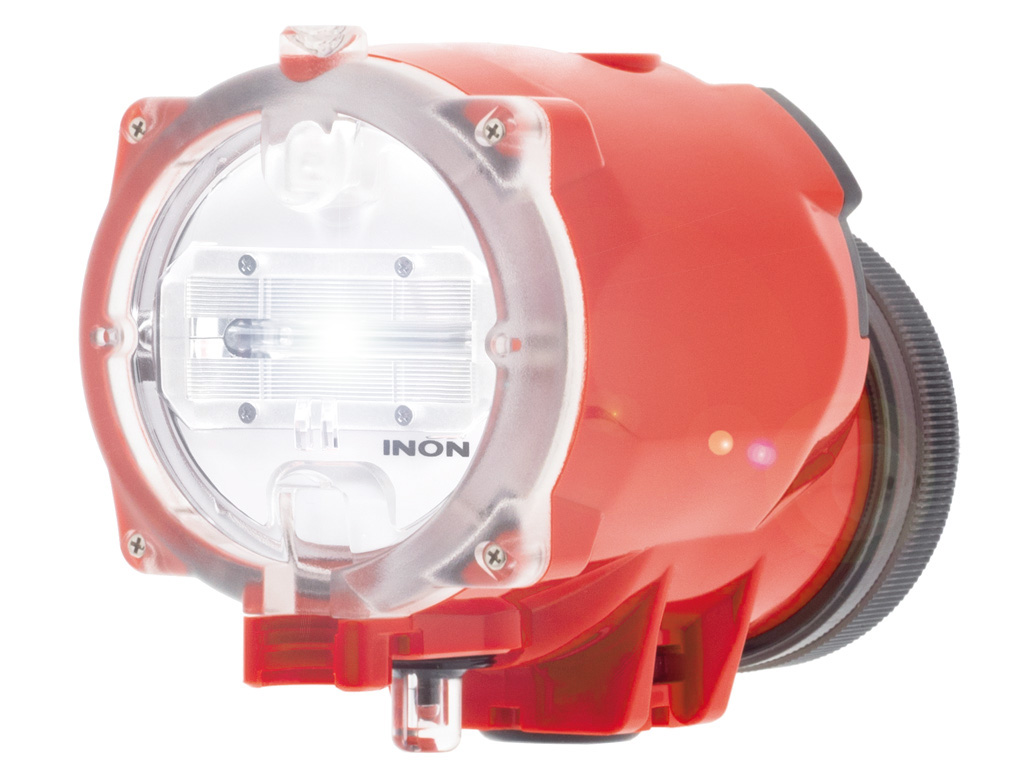Yes, I've read about that heat issue with PLA but it's not clear to me how much of a problem that is in the real world. How hot is too hot? And would I want my camera sitting in the sun in a backing car for hours anyway?
I just ordered some Duramatic PLA+ on your suggestion and will give that a try. The PLA that I started with seems to work pretty well, and the part does not really have any load bearing on it that the PLA+ does better. The heat issue is interesting but as it's wintertime in Seattle I've not had a chance to test that. Diving to 80 feet in 45f water did not present any problems.

I am heading to Southern Australia in a couple of weeks for a dive trip, so I'll get a chance to try it out in summer temps soon.
I'm having a good time getting into 3d printing and learning some new things. I need to make some time to do more FreeCad tutorials, but I keep prioritizing going diving! (plus I've been repairing a couple of leaking dry suits this last week which has taken over more workspace.)
 which sucks cause I'm used to 2-4 dives a week, year round.
which sucks cause I'm used to 2-4 dives a week, year round.




